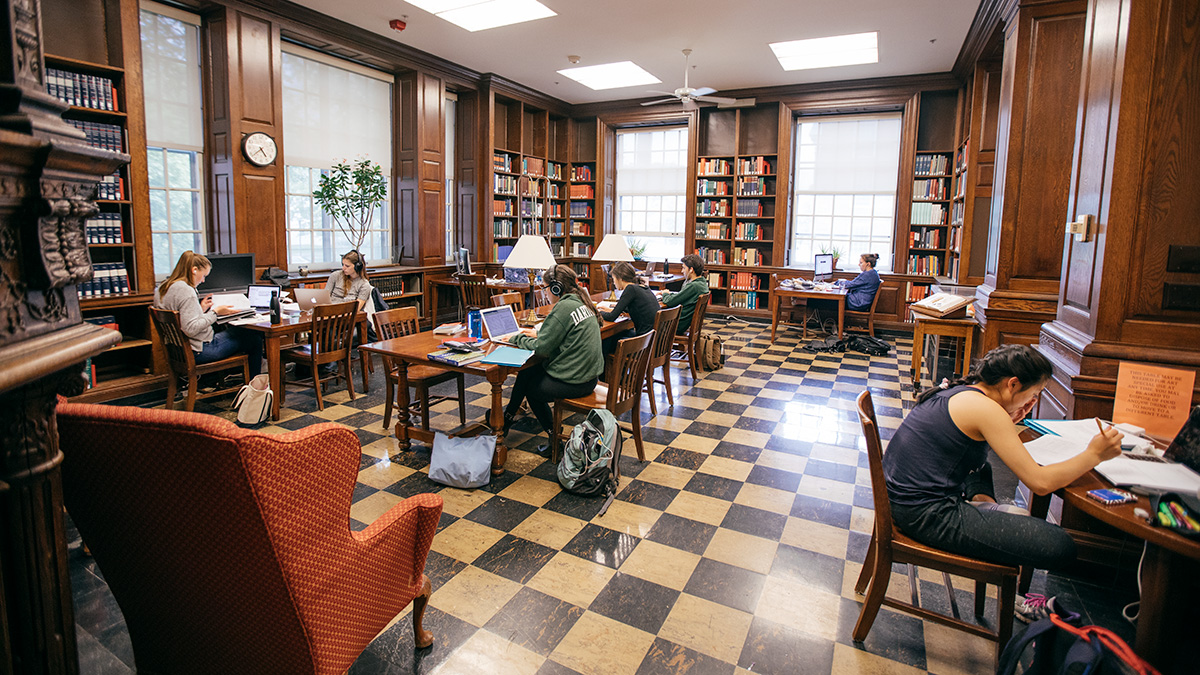Your home for research related to art, art history, studio art, photography, and architecture.
Navigation for this set of pages
- Contact
- Staff
-
-
Sherman Art Library 10am - 12am
-
Sherman Art Special Collection Closed
- See All Hours
-














